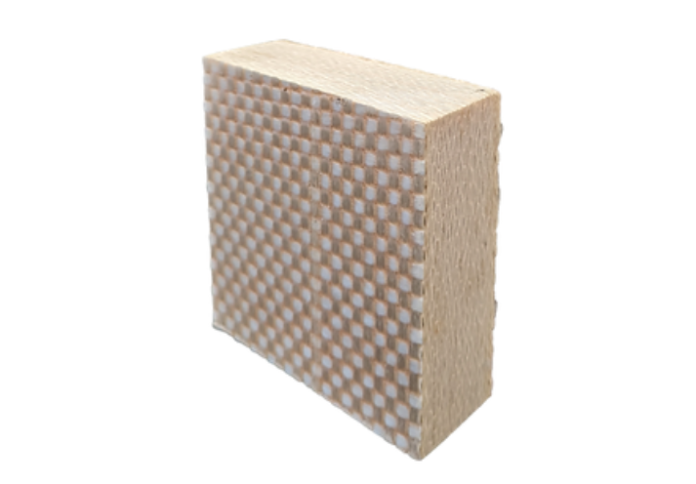Safety has always been a priority, whether for law enforcement, military personnel, or civilians seeking personal security solutions. With rising concerns about armed threats, ballistic panels and ballistic protection materials have become essential in providing advanced defense mechanisms against projectiles and firearm threats. These materials are engineered to absorb and disperse impact energy, reducing the risk of penetration and injury.
What Are Ballistic Panels?
Ballistic panels are protective barriers designed to withstand firearm impacts. They are made using advanced ballistic protection materials, including aramid fibers, ceramic composites, and ultra-high-molecular-weight polyethylene (UHMWPE). These panels can be installed in vehicles, walls, and personal protective equipment (PPE) like bulletproof vests and shields. Their effectiveness depends on material composition, thickness, and the level of protection required.
Types of Ballistic Protection Materials
The development of ballistic protection materials has evolved significantly, with various options available for different protection needs. Some of the most commonly used materials include:
- Kevlar: A synthetic fiber known for its high tensile strength and resistance to penetration.
- Ceramic plates: Often used in conjunction with Kevlar, ceramics break down the energy of bullets, preventing penetration.
- UHMWPE: A lightweight yet durable material known for its high impact resistance.
- Steel plates: While heavier, steel offers exceptional durability and protection against high-caliber rounds. Each of these materials is used based on the desired level of protection and application type.
Applications of Ballistic Panels in Modern Defense
The versatility of ballistic panels allows their use in numerous protective applications. They are found in:
- Military and law enforcement gear: Providing body armor and vehicle reinforcement.
- Civilian security solutions: Offering protection in homes, schools, and public spaces.
- Automobile armoring: Enhancing vehicle security against attacks.
- Infrastructure defense: Used in government buildings, banks, and embassies for added security. By incorporating these materials into various industries, safety measures are significantly strengthened.
How Ballistic Protection Materials Are Tested
To ensure their effectiveness, ballistic protection materials undergo rigorous testing. These tests evaluate the material’s ability to withstand different calibers of bullets under controlled conditions. Organizations like the National Institute of Justice (NIJ) set standards for ballistic resistance, classifying protection levels based on the type of ammunition a material can stop. The testing process involves multiple factors, including impact velocity, angle of strike, and multi-hit capability.
The Future of Ballistic Protection
As technology advances, so do the capabilities of ballistic panels and ballistic protection materials. Researchers are developing more lightweight and flexible options without compromising protection. Nanotechnology and new composite materials are pushing the limits of durability and performance, making ballistic protection more effective and accessible for various industries. With continuous innovations, the future of security solutions looks promising.
Conclusion
Whether for military, law enforcement, or civilian use, ballistic panels and ballistic protection materials play a crucial role in safeguarding lives. Their diverse applications, advanced testing standards, and evolving technologies make them indispensable in today’s security landscape. Investing in high-quality ballistic solutions can provide peace of mind and enhanced safety in an unpredictable world. To explore cutting-edge ballistic protection solutions, visit actionbullet.com.

